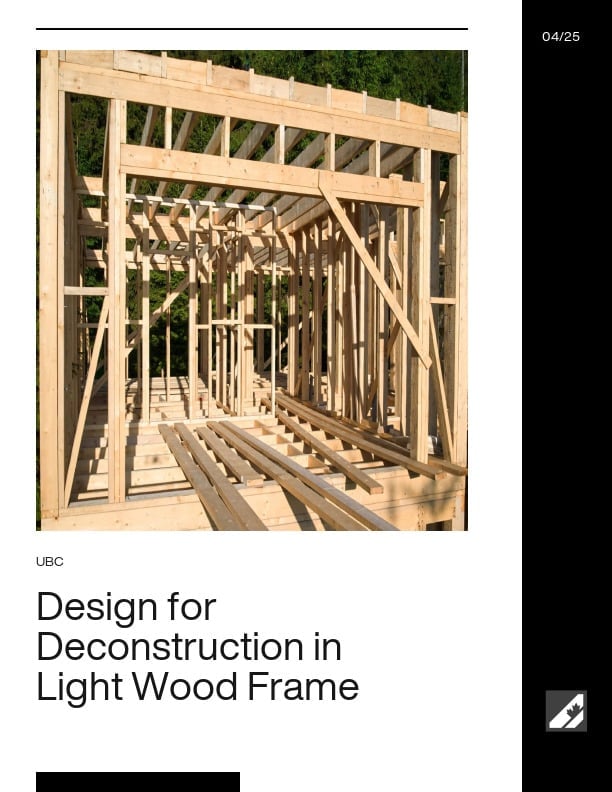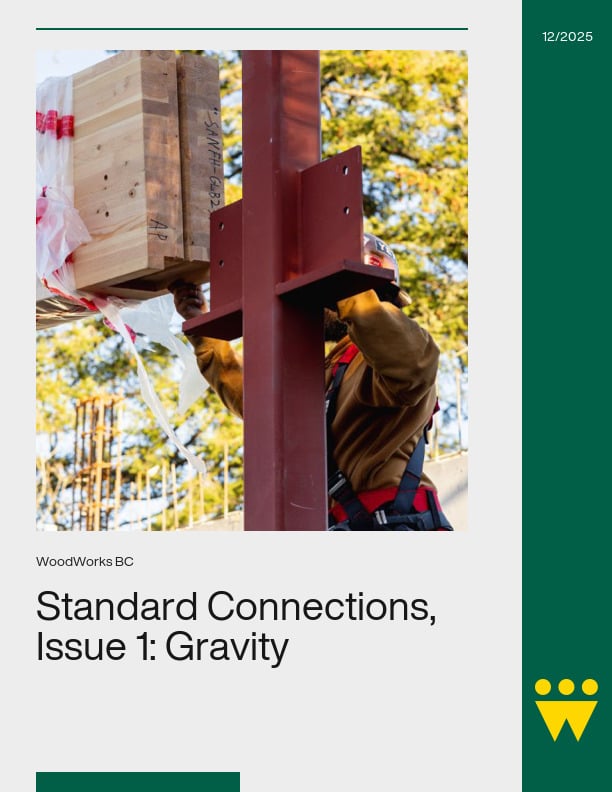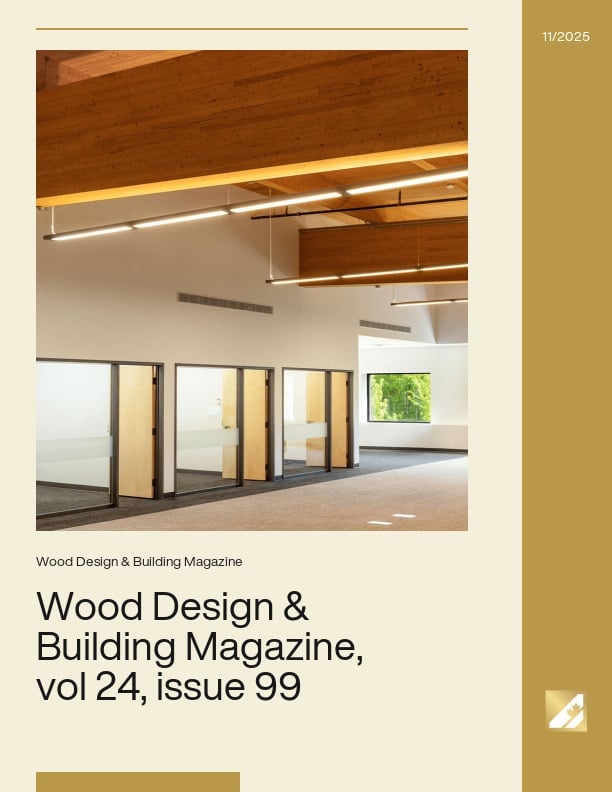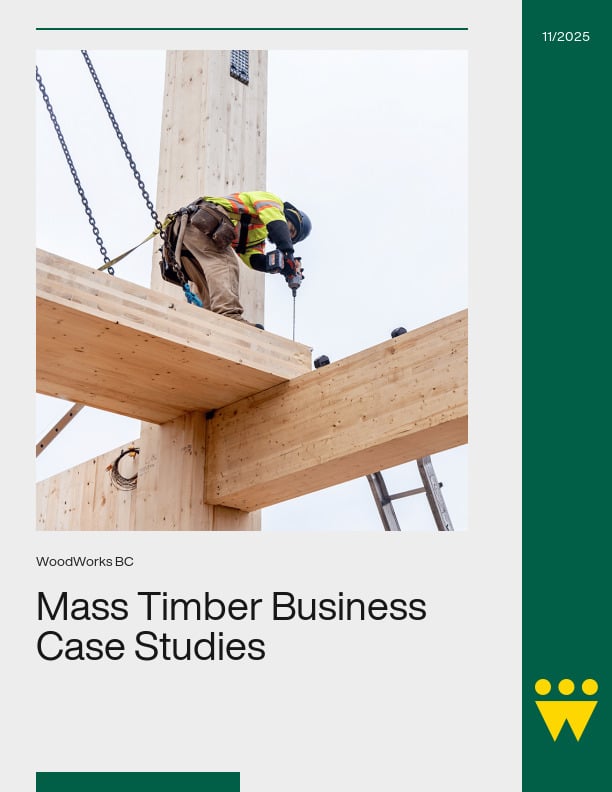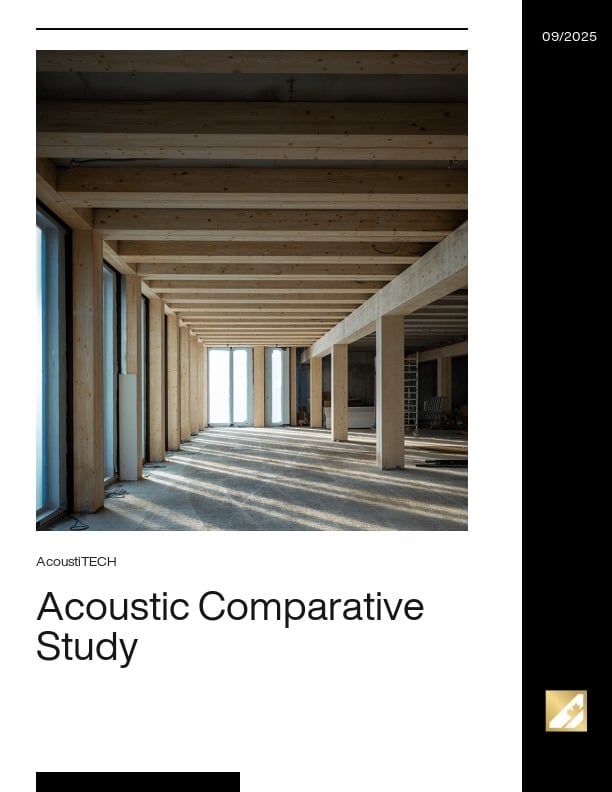Le Guide de conception pour la déconstruction de l'ossature légère en bois présente une méthodologie pour modifier les assemblages typiques de l'ossature légère en bois afin qu'ils puissent être facilement démontés et que les matériaux du bâtiment puissent être réutilisés. La province de la Colombie-Britannique et, plus largement, le Canada, disposent de relativement peu d'infrastructures pour le recyclage des déchets de bois. Rien qu'à Vancouver, le secteur de la construction, de la rénovation et de la démolition (CRD) produit environ 1,7 million de tonnes de déchets par an.1 Sur ce total, on estime que 30 à 60% sont des déchets de bois qui sont en grande partie mis en décharge. Le peu de bois qui est recyclé est généralement incinéré pour la conversion des déchets en énergie ou déchiqueté pour la biomasse. La déconstruction des bâtiments en bois et la réutilisation du bois récupéré pour de nouvelles constructions permettraient de prolonger la durée de vie du bois, d'ajouter de la valeur et de la longévité à un matériau précieux, de réduire les émissions de gaz à effet de serre et de diminuer la quantité de nouvelles ressources nécessaires pour les nouveaux projets de construction. Malgré les avantages de la réutilisation du bois, il existe certains obstacles à la déconstruction des bâtiments à ossature légère en bois, notamment l'utilisation de fixations irréversibles, d'adhésifs, de mousses pulvérisées et de produits d'étanchéité appliqués sous forme liquide. La présence de matériaux toxiques tels que l'amiante et le plomb est également un sujet de préoccupation lors de la déconstruction d'un bâtiment. Bien que l'utilisation de matériaux toxiques soit désormais interdite dans les nouvelles constructions, l'utilisation de clous (en particulier lorsqu'ils sont appliqués avec des pistolets à clous) et d'adhésifs rend la déconstruction très difficile, voire impossible dans certains cas.2 Ce guide propose un système de conception pour la déconstruction qui aborde ces questions restantes avec des modifications simples des pratiques typiques de construction à ossature légère en bois, permettant à la fois une construction simple, des performances solides et une déconstruction facile.

